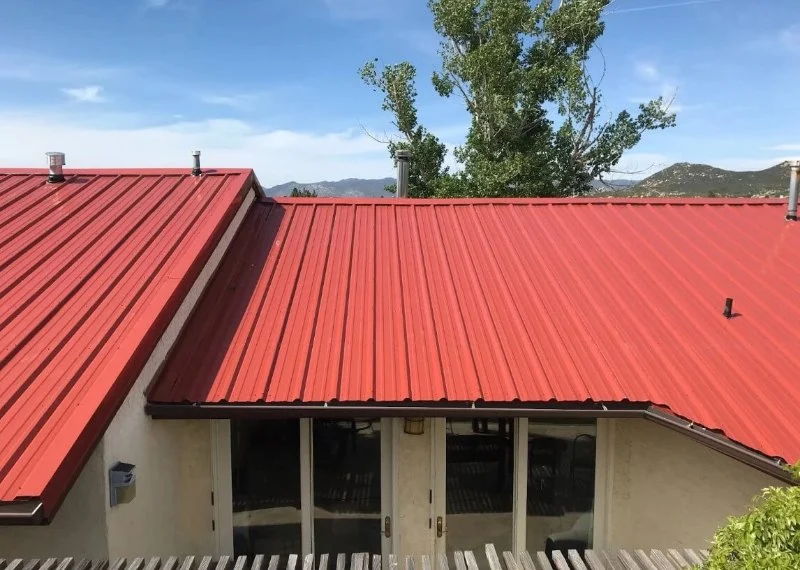
How to Choose a Roof Color for a Commercial Building for Heat Island Reduction
- 1. Understanding the Heat Island Effect and Its Impact
- 2. The Role of Roof Color in Heat Island Reduction
- 3. Choosing the Right Roof Color for Your Commercial Building
- 4. Additional Roofing Considerations for Heat Reduction
- 5. How to Ensure Long-Term Energy Savings
1. Understanding the Heat Island Effect and Its Impact
The heat island effect refers to the phenomenon where urban and suburban areas experience higher temperatures than their rural surroundings. This is primarily due to human activities and the extensive use of impervious materials, such as asphalt and concrete, which absorb and retain heat. For commercial buildings, especially those located in urban areas, this can lead to increased cooling costs, poor air quality, and greater energy consumption. One of the most effective ways to combat this issue is by selecting the right roof color that minimizes heat absorption.
2. The Role of Roof Color in Heat Island Reduction
Roof color plays a significant role in managing the heat island effect. Lighter-colored roofs, such as white, light gray, or reflective metallic shades, are known for reflecting sunlight and absorbing less heat compared to darker colors. These roof colors can help lower the temperature of the building’s interior, thereby reducing the need for air conditioning and lowering energy consumption.
In contrast, dark-colored roofs absorb more heat, which can increase the temperature of the building and its surroundings. This makes darker roofs less ideal for commercial buildings, especially in areas with high temperatures or urban heat islands.
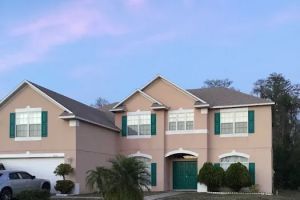
Innovative Solutions Contracting Llc
ManassasPrince William CountyVirginia
11441 Robertson Dr #201, Manassas, VA 20109, USA
3. Choosing the Right Roof Color for Your Commercial Building
When selecting a roof color for heat island reduction, there are several factors to consider:
- Climate: In warmer climates, lighter colors are typically the best option to reflect sunlight and reduce heat absorption. For colder climates, a slightly darker color may be beneficial to absorb some heat, but it's important to prioritize energy efficiency over aesthetics.
- Building Location: If your commercial building is located in an urban area, especially in regions prone to high temperatures, selecting a reflective or light-colored roof can help combat the heat island effect and improve overall energy efficiency.
- Energy Efficiency Goals: If your goal is to maximize energy savings and reduce air conditioning costs, opting for a cool roofing material in a light color is the best solution. Cool roofs are specifically designed to reflect more sunlight and absorb less heat.
- Aesthetic Considerations: While the primary goal should be heat reduction and energy efficiency, it's also important to consider the aesthetic appearance of your roof. Fortunately, many roofing materials now come in a variety of colors that offer both functionality and visual appeal.
4. Additional Roofing Considerations for Heat Reduction
In addition to choosing the right color, other factors can further enhance the heat reduction capabilities of your roof:
- Roofing Material: The material used for your roof plays a crucial role in heat island reduction. Cool roofing materials, such as reflective shingles, metal roofing, or single-ply membranes, are specifically designed to reflect sunlight and reduce heat absorption.
- Roof Coatings: Applying reflective coatings to your existing roof can increase its solar reflectance and thermal emittance, making it more energy-efficient without the need to replace the entire roof.
- Insulation: Proper roof insulation can also help to reduce heat transfer and improve the energy efficiency of your building. Insulation works in tandem with the roof color and materials to ensure that the building remains cool during hot weather.
5. How to Ensure Long-Term Energy Savings
Choosing the right roof color and materials for heat island reduction can lead to significant long-term energy savings. To ensure that you continue to benefit from your roofing choice:
- Regular Maintenance: Keep your roof in good condition by scheduling regular inspections and cleaning. Over time, dirt and debris can build up on your roof, reducing its reflective properties.
- Monitor Energy Usage: Track your building’s energy consumption before and after installing a new roof to gauge the effectiveness of your roofing choices. You should see a noticeable reduction in cooling costs.
- Consider Tax Incentives: Some regions offer tax incentives or rebates for installing energy-efficient roofing systems. Be sure to check with your local government for any available programs.
Choosing the right roof color for your commercial building is a key step in reducing the heat island effect and improving energy efficiency. If you're ready to make the change, visit BeachCo Roofing Hub to explore the best roofing options for your building and get expert advice on heat reduction and energy savings.
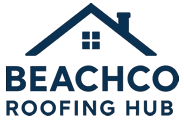


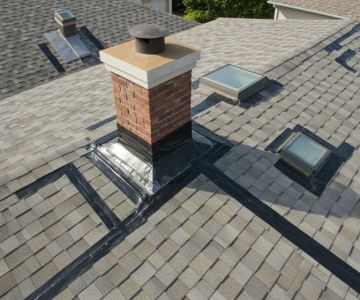
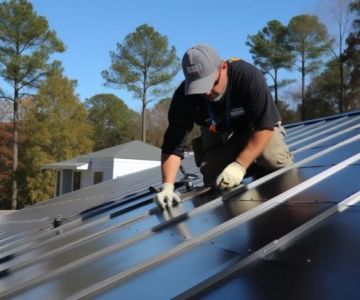
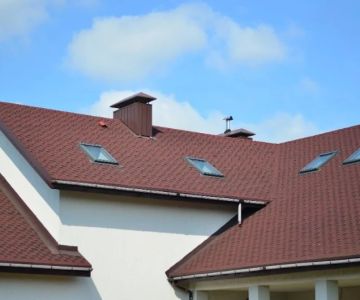
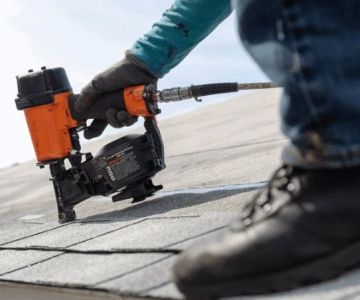
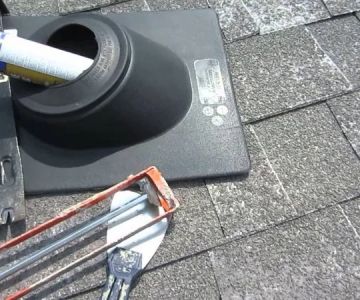
 Rutherford Roofing & Siding LLC.4.0 (36 reviews)
Rutherford Roofing & Siding LLC.4.0 (36 reviews) N.V. Commercial Roofing5.0 (147 reviews)
N.V. Commercial Roofing5.0 (147 reviews) Lehigh Valley Roofers4.0 (156 reviews)
Lehigh Valley Roofers4.0 (156 reviews)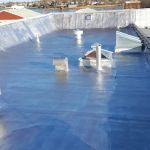 Big City Roofing5.0 (1 reviews)
Big City Roofing5.0 (1 reviews)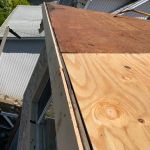 Hempstead Roofing - Bustillo General Home Improvement5.0 (6 reviews)
Hempstead Roofing - Bustillo General Home Improvement5.0 (6 reviews)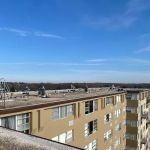 Hudecheck Roofing4.0 (17 reviews)
Hudecheck Roofing4.0 (17 reviews)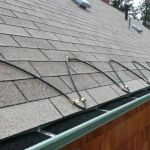 How to Install Roof Heat Cable on an EPDM Rubber Roof
How to Install Roof Heat Cable on an EPDM Rubber Roof Lifespan of a Roof in High Seismic Activity Areas | BeachCo Roofing Hub
Lifespan of a Roof in High Seismic Activity Areas | BeachCo Roofing Hub How to Prevent Roof Damage from Poor Quality Previous Repairs
How to Prevent Roof Damage from Poor Quality Previous Repairs How to Choose a Roofing Contractor That Handles Permits and Inspections
How to Choose a Roofing Contractor That Handles Permits and Inspections Does a New Roof Add Value to Your Home? ROI for Different Materials
Does a New Roof Add Value to Your Home? ROI for Different Materials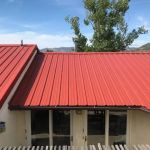 How to Choose a Roof Color for a Commercial Building for Heat Island Reduction
How to Choose a Roof Color for a Commercial Building for Heat Island Reduction